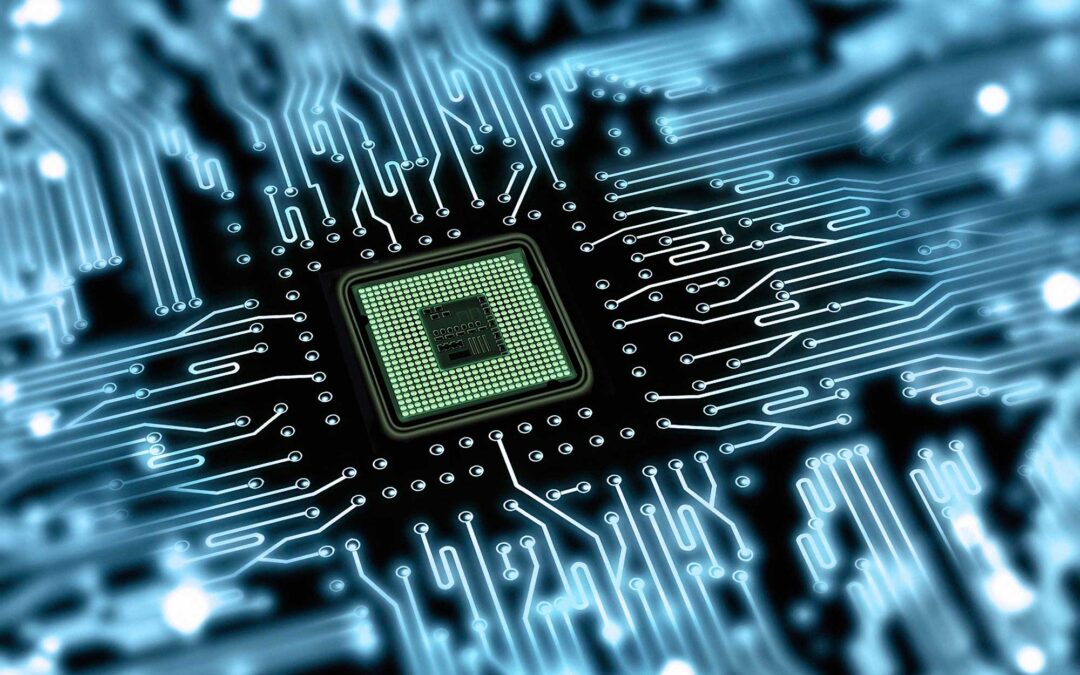As GPU deep learning becomes more common, data managers will have to navigate several new layers of complexity in their quest to build or buy suitable data infrastructure.
AI-related deep learning and machine learning techniques have become a common area of discussion in big data circles. The trend is something for data managers to keep an eye on for a number of reasons, not the least of which is the new technologies’ potential effect on modern data infrastructure.
Increasingly at the center of the discussion is the graphics processor unit (GPU). It has become an established figure on the AI landscape. GPU deep learning has been bubbling under the surface for some time, but the pace of development is quickening.
Deep learning is the branch of AI machine learning that works very recursively on many levels of neural networks comprising ultra-large data sets. GPU deep learning is a particularly potent combination of hardware infrastructure and advanced software aimed at use cases ranging from the recommendation engine to the autonomous car.
Today’s GPUs have very high memory bandwidth that enables them to crunch big data with gusto — think matrix multiplication. As a result, they have an affinity for the type of parallel processing that deep learning requires. This is particularly useful at the training stage of deep learning model creation.
GPUs are still relatively rare compared to CPUs. As a result, the GPU chips cost more, as do the developers that can work with them. Also, their use is expanding beyond AI deep learning, as they show up in graph databases, Apache Spark and, most recently, Apache Hadoop 3.0 Yarn implementations…
